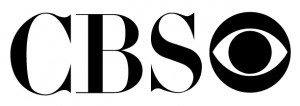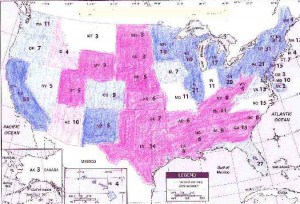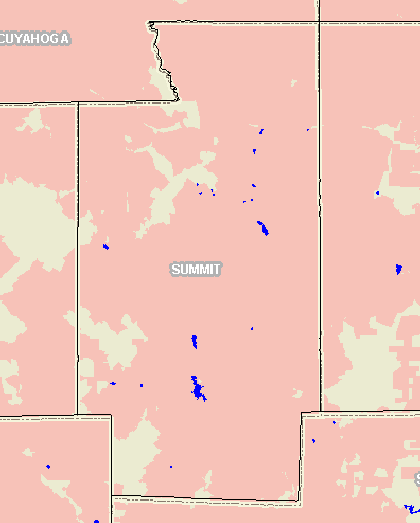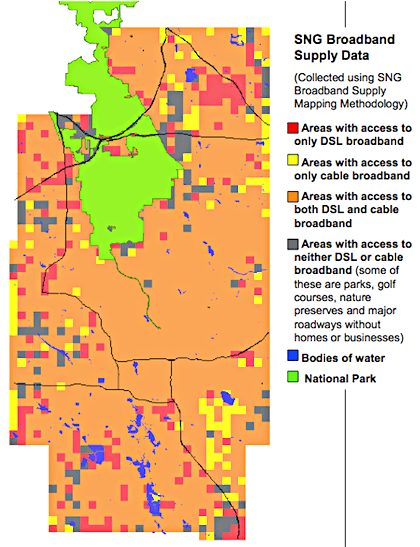Bronson Riley realized not long ago that he and his wife were paying way more for cable television than they were getting out of it. They watched only a few shows each week.
At the time, he was reading a book on personal finance. It mentioned purchasing services “a la carte” rather than as a package.
The Lincoln, Nebraska resident knew that wasn’t an option for cable TV. So he cut the cord about two months ago, canceling his cable subscription. Now the couple watch what they want, when they want — online.
The mainstream press has started devoting more attention to the plight of cable television executives pondering what to do about “parasites” like Bronson Riley, who they see as poaching their programming and watching it online… for free.
One of the unintended consequences of the unveiling of TV Everywhere, the Comcast/Time Warner Cable concept of permitting “authenticated” viewers to watch cable programming online, (as long as they already subscribe to a standard “cable package”) is an exploration of the phenomenon of consumers cutting cable’s cord and doing without.
Riley touches on an issue that has bugged cable consumers for decades now — paying for channels they didn’t ask for and don’t want. In the 1980s and early 1990s, talk about 500 channels of cable programming was dismissed as fanciful, but has since become reality when one includes on demand and music channels. What has also become an increasing reality for cash-strapped consumers is the bill at the end of the month, which has grown annually faster than the rate of inflation.
A-la-carte, simply defined as paying only for those channels you watch, is an alarming concept for the nation’s cable television operators. They have resisted the concept for more than 20 years, when it was first seriously raised in congressional hearings to deal with runaway cable bills.
Unfortunately for the industry, most consumers have suggested they have no need for most of the channels they receive today, and are tired of paying for them. Many consumers would be happy with just six channels they routinely watch, eager to pay only for them and nothing else.
With this in mind, some customers who also have broadband service from their cable provider have begun to discover many of their favorite shows are available, on demand, for free. With more and more shows becoming available, a small, but growing minority of cable subscribers have decided to drop cable TV and watch video online instead, an issue the Omaha World-Herald explored:
Andrea Riley watches “Desperate Housewives” at ABC.com, which streams free full episodes of that and other popular shows such as “Lost” and “Grey’s Anatomy,” often the day after they air. The couple buy episodes of another favorite, “The Soup,” a revamp of “Talk Soup” on E! Entertainment Television, on Apple’s iTunes for $1.99 each with only a day’s wait.
Even paying for the handful of shows they can’t get free legally, Riley figures watching TV online saves money. The only thing they miss is flipping on CNN Headline News and the Weather Channel in the morning.
“It’s all getting to watch the TV shows you want to watch at a cheaper price, at your convenience,” he said.
In making the switch, the Rileys have joined a small but growing number of people who are tuning in online rather than over traditional network, cable or satellite pipelines. Some watch online occasionally to catch up on an episode they’ve missed or to track down old or obscure shows. Others, like the Rileys, watch online routinely.
For now, only a minority of web-aware consumers understand how to watch television online, but that’s changing.
“People are just figuring this out,” Jeremy Lipschulz, director of the University of Nebraska at Omaha School of Communication said. “Once people figure out that all this content is out there, you’ll see a more dramatic shift.”
Bobby Tulsiani, a senior analyst with the market research firm Forrester Research, agreed it’s still tech types who are making the change. Two years from now, more people will be doing it, he told the World-Herald.
Ann Shrewsbury, public affairs director for Time Warner Cable Nebraska, said their business trends nationwide show the same thing.
That leaves cable operators like Time Warner Cable in a quandary, and they’ve thus far responded with a trial to stream cable shows online, on demand, for their customers. But the catch is one must remain a cable TV subscriber to access it.
Across many parts of Nebraska, served by Cox Cable, they’ll be left out of the online video revolution on offer from Time Warner Cable and Comcast, at least until Cox Cable can negotiate its way into the project being run by its larger brethren.
Riley said he generally doesn’t miss cable, having spent more of his time online or watching movies on demand, except for local weather from The Weather Channel and catching up with news on Headline News. He doesn’t regret the savings either. Most standard cable tiers are priced higher than his broadband service.
But Riley does recognize there is one way to put a stop to the revolution and end the parade to true, on-demand television viewing on a “pay per view” or free basis: limits on his Internet service.
With Internet overcharging schemes like usage limits, or charging overlimit fees for “excessive consumption,” cable operators might hope to stop the threat before it gets out of hand.


 Subscribe
Subscribe







